Hluboká nad Vltavou
 Státní zámek Hluboká, 373 41 Hluboká nad Vltavou
Státní zámek Hluboká, 373 41 Hluboká nad Vltavou
Tel. +420 387 967 045
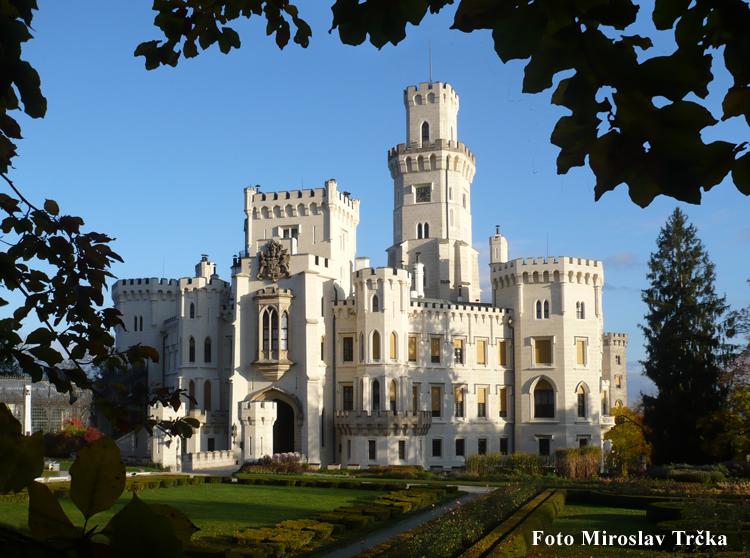
The oldest predecessor to the present-day chateau was an early Gothic castle built around
1250. In the Middle Ages the castle was alternately an aristocratic property and a site of
royal administration. In 1562 King Ferdinand I sold Hluboká together with inheritance
rights to the Lords of Hradec who changed the castle into a Renaissance stately home. A
century later the Hluboká estate was bought off by Jan Adolf I of Schwarzenberg, a noted
European diplomat and the founder of the family branch which had stayed in South Bohemia
for almost three hundred years. At the beginning of the 18th century Prince Adam František,
Jan Adolf's grandson, had the chateau rebuilt in Baroque style by P. I. Bayer and his
successor E. Martinelli.
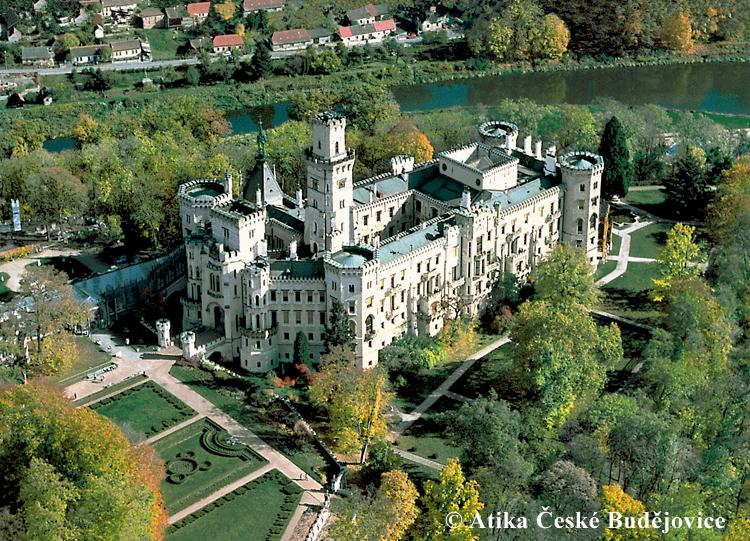
In the latter half of the 19th century Prince Jan Adolf II and his wife Eleonora ordered
another reconstruction, this time in the Romantic style. After their return, they invited a
Viennese architect Franz Beer to take charge of the rebuilding project. In 1840 the
demolition of the castle proceeded from the back wing towards the entrance gate and, in the
course of time, its Baroque style gradually changed into the picturesque style of Tudor
Gothic. It should be noted that Hluboká castle used to be surrounded by a large settlement
which had been removed before the reconstruction began. Another architect, Ferdinand
Deworetsky, also played a prominent role in the castle's reconstruction when he took
control of the work after Beer's death. The reconstruction was completed in 1871.
Although the Schwarzenbergs never lived in Hluboká permanently, they maintained it with
great care. In 1939 the last owner of Hluboká, Prince Adolf Schwarzenberg, left for Italy
to escape the Nazis and subsequently moved to the United States. Since he did not return
after the war, the possessions of the Schwarzenberg's inheritance by birthright were placed
under then the Czechoslovak state administration and later, under the law introduced by the
state in 1947, became the property of the then Czechoslovak Republic.
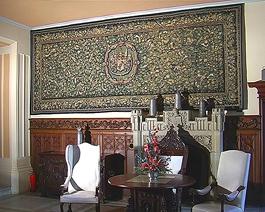
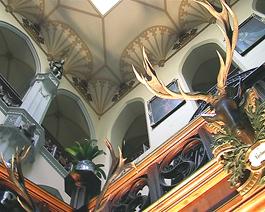
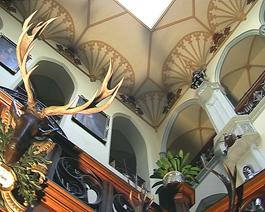
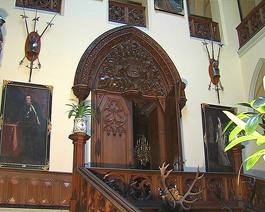
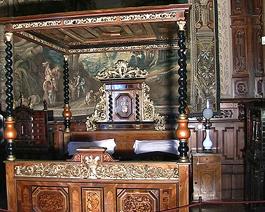
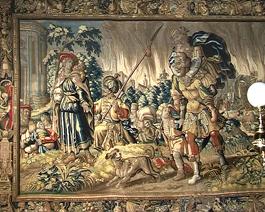
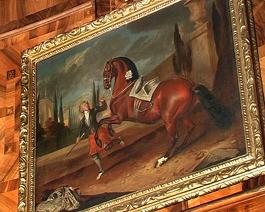
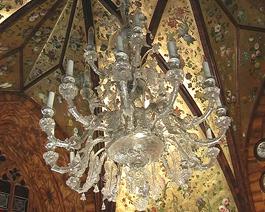
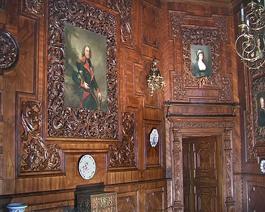
Hluboká is without a doubt one of the most beautiful castles in Bohemia. The walls and
ceilings of the stately halls on the first story of the castle are paneled with precious
wood with unusually rich workmanship and carving decoration. The bedroom and dressing room
of princess Eleonor, the Hamilton's closet and the reading room are all decorated with
paintings by European masters of the 16th - 18th centuries, beautiful chandeliers, late
Renaissance window panes, and Delft china. The most precious pieces of furniture are
situated in the Morning Drawing Room and complemented with painted Chinese vases from the
18th century.
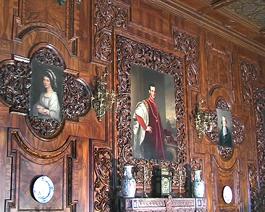
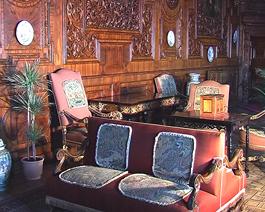
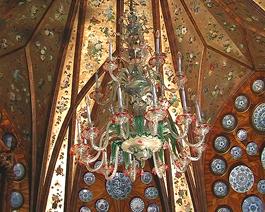
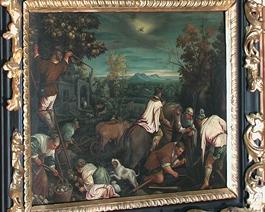
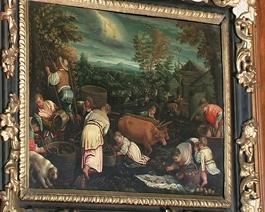
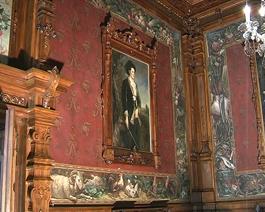
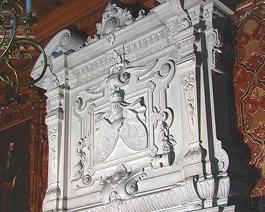
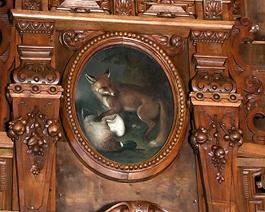
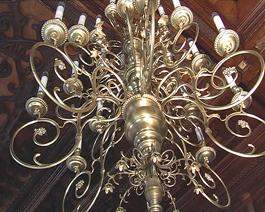
The portraits on the walls of the Morning Drawing Room, small dining room, smoking and
reception rooms depict the most important members of the Schwarzenberg lineage. On the
walls of the great dining room are exhibited a valuable collection of tapestries, woven in
Brussels in the first half of the 17th century.
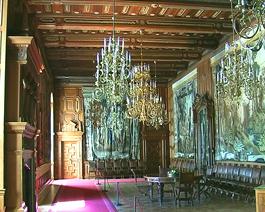
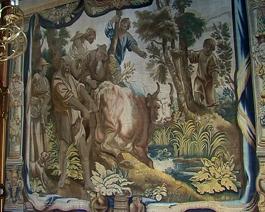
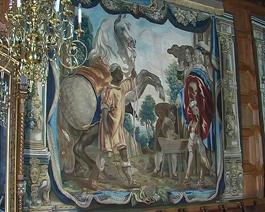
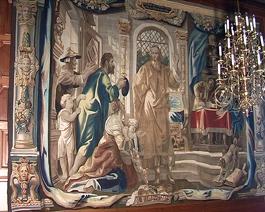
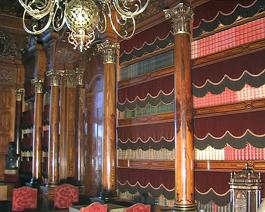
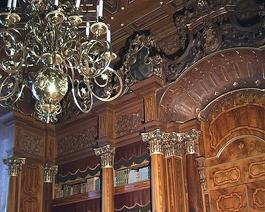
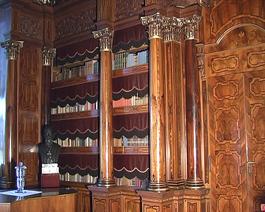
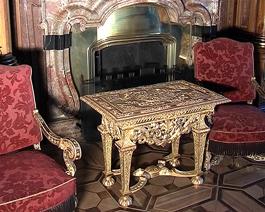
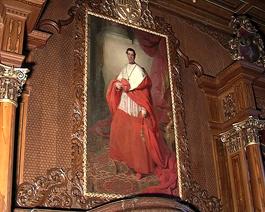
The biggest hall is the library with a panel ceiling, transferred to Hluboká from the
family castle of the Schwanzenbergs. The armory at Hluboká is of a very high standard. The
Gothic Revival chapel is dominated by the late Gothic altar with carved folding wings.
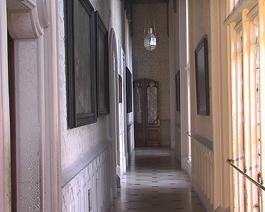
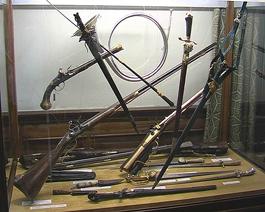
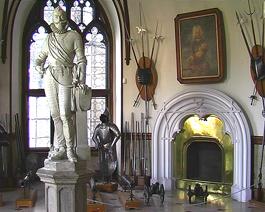
Today, in the former castle riding school, is situated a South Bohemia Gallery of Mikuláš
Aleš, with an outstanding exhibition of Gothic paintings and statues as well as of Dutch
and Flemish art from the 17th and 18th centuries and with changeable exhibitions in the
main hall.
In the mid 19th century a riding lodge was built next to the castle. Today it houses the
Aleš South Bohemian Gallery which displays exquisite Gothic paintings and statues.
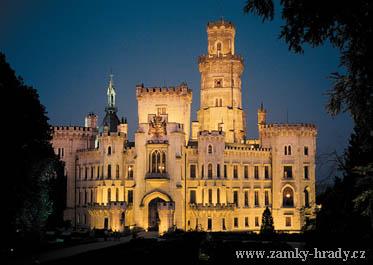
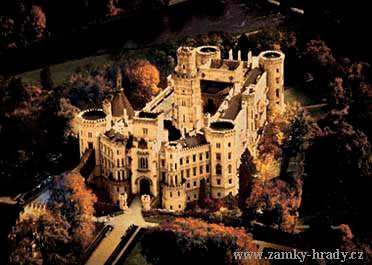

 Státní zámek Hluboká, 373 41 Hluboká nad Vltavou
Státní zámek Hluboká, 373 41 Hluboká nad Vltavou
 Státní zámek Hluboká, 373 41 Hluboká nad Vltavou
Státní zámek Hluboká, 373 41 Hluboká nad Vltavou

































